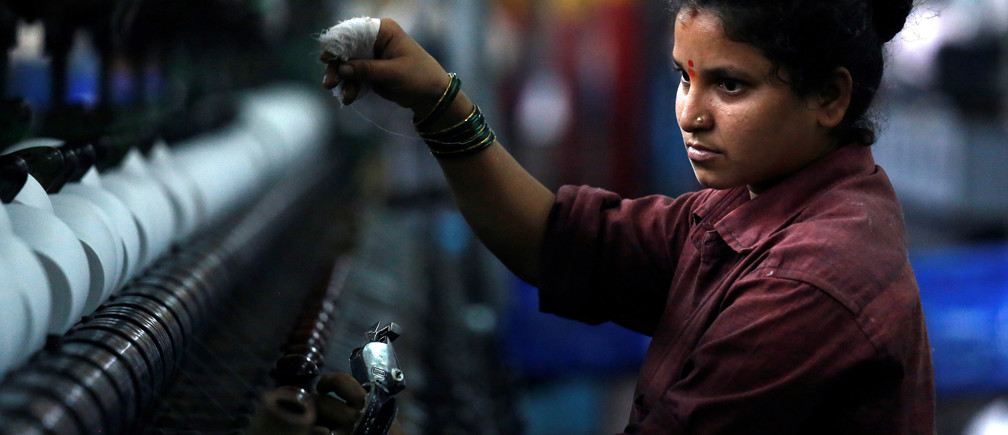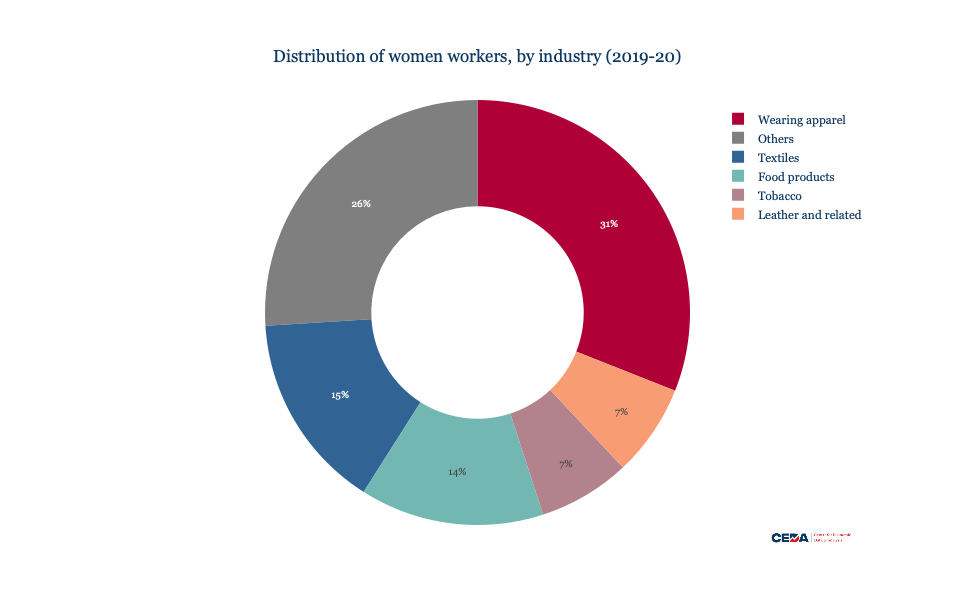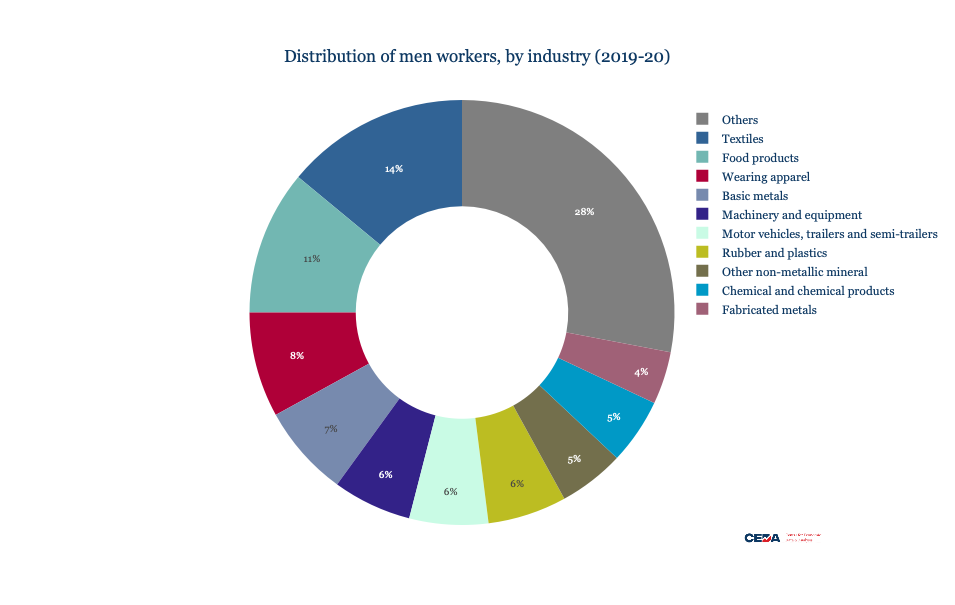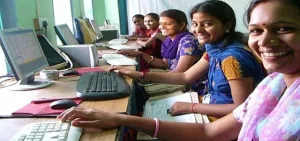The ASI employment data only pertains to regular workers in organised manufacturing. This is a superior employment arrangement when compared to unorganised or subcontracted work since the latter falls outside the ambit of labour legislation and is characterised by a lack of social security. However, a larger proportion of manufacturing in India is of the unorganised kind – and research shows that women are more likely to be engaged in the unorganised sector than men.
Bose (2022) finds that in 2015-16, women-headed firms accounted for 45 percent of enterprises in unorganised manufacturing, 95 percent of which were operating from home. The 2019-20 Handloom Census reported that of the 35 million unorganised handloom workers across the country, 25 million (72.3 percent) were women.
Manufacturing jobs are considered an important source of employment for the large workforce of developing countries looking to move out of agriculture. Given that women still form the bulk of the agricultural workforce in India – this channel of employment may be particularly important for them.
The East Asian countries, for instance, witnessed high economic growth on the back of growing employment in productive formal manufacturing (Rodrik, 2014). Women found a large share in this manufacturing-led growth in East Asia. The average share of women in manufacturing employment was 42 percent in East Asia and Pacific countries during this period (Tejani & Milberg, 2016). In India however, the (State of Working India Report, 2021) highlights how the lack of productive labour-intensive manufacturing jobs have pushed women out of the labour force altogether.
To add to that, the post-pandemic situation of women’s employment in manufacturing is likely to be much worse. As CEDA-CMIE bulletins have highlighted, total manufacturing employment had halved by 2020-21, and women’s overall employment had taken a much bigger hit as compared to men’s.
Notes
*Based on NIC 2008 two-digit classification.
**Major industry groups are those that employed at least 50,000 workers in 2019-20. These are the 22 industry groups of – food, beverages, tobacco, textiles, wearing apparel, basic metals, fabricated metals, machinery and equipment, rubber and plastics, motor vehicles, chemical and chemical products, other non-metallic minerals, leather and related, pharmaceuticals, electrical equipment, repair of motor vehicles, paper, other transport, computers and opticals, printing and reproduction of media, wood and cork and others.
[This article was originally published by CEDA]










